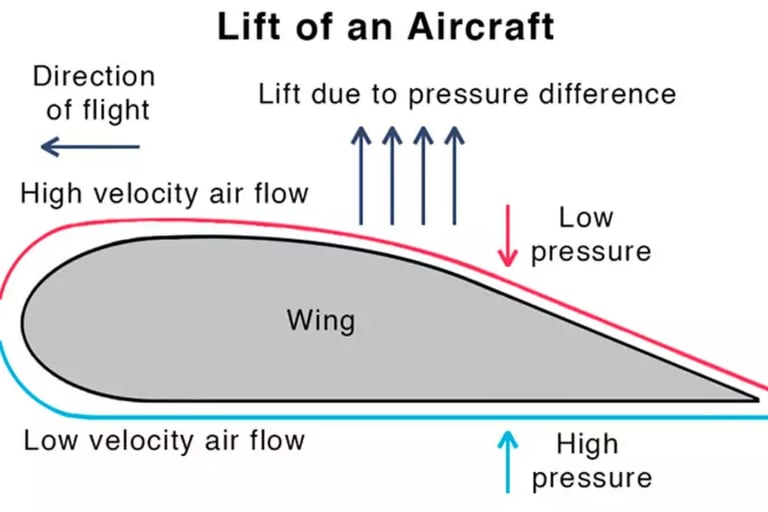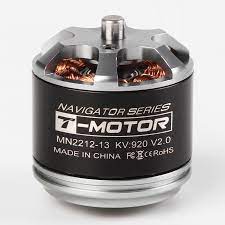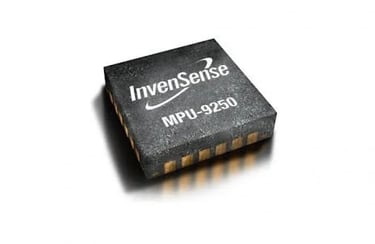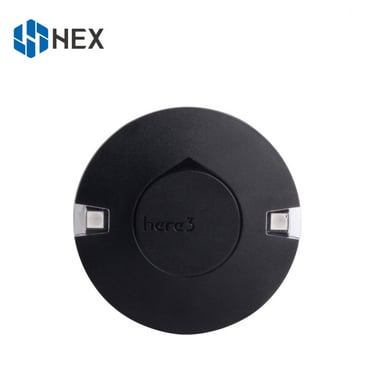Understanding How Drones Fly
A Simple Exploration of Physics
INTRODUCTION
Drones, colloquially referred to as Unmanned Aerial Vehicles (UAVs), have pervaded an array of sectors, from recreational pursuits to intricate industrial applications. This discourse meticulously explores the intricate physics and mechanics governing drone operation, shedding light on the sophisticated interplay of flight dynamics, propulsion systems, and control mechanisms.


Flight Dynamics:
At the core of aerial navigation lies the judicious manipulation of fundamental aerodynamic principles, orchestrating the generation of lift to counteract the omnipresent force of gravity. Multirotor drones employ propeller rotation, harnessing the Bernoulli principle to elicit an upward thrust through pressure differentials. In parallel, fixed-wing drones meticulously leverage the Bernoulli principle to create pressure disparities above and below their wings, thereby achieving lift.
The mastery of three-dimensional spatial navigation demands precision in adjusting pitch, roll, and yaw. Multirotor drones enact these adjustments by modulating propeller speeds and orientations, an intricate ballet that ensures stability. In contrast, fixed-wing drones rely on control surfaces, namely elevators, ailerons, and rudders, to articulate desired orientations.
The equilibrium between stability and maneuverability emerges as a pivotal consideration for drone flight. Stability, the anchor in this equation, ensures a persistent and unwavering aerial position, resilient against external perturbations. On the other hand, maneuverability empowers drones to dynamically respond to user commands or environmental nuances, achieved through the nuanced modulation of rotor speeds and orientations, a dynamic choreography attuned to the ever-shifting demands of aerial conditions.
Bernoulli's Principle
Difference in Pressure difference results in generation of life/thrust
(image courtesy: worldaviationto)
Propulsion System:
The propulsion system, constituting electric motors and propellers, stands as the sine qua non of a drone's mobility. The preeminence of the brushless DC motor, esteemed for its efficiency and reliability, facilitates the conversion of electrical energy from the drone's power source into the mechanical motion propelling the rotors.
The propellers, as unheralded artisans of flight, play a role both intricate and consequential. Their design, encompassing elements such as shape and angle of attack, significantly influences the efficiency and performance of the drone. Multirotor drones, each configured with a specific number of propellers, dance in the sky according to a predetermined pattern, impacting stability, payload capacity, and overall redundancy.


T-MOTOR Brushless DC Motor
Control Mechanism:
The orchestration of precise control during flight unfolds through an amalgamation of sensors, processors, and actuators. Inertial Measurement Units (IMUs), incorporating accelerometers and gyroscopes, stand as the linchpin of a drone's control system. Accelerometers measure linear acceleration along different axes, unveiling the drone's movements, while gyroscopes discern angular velocity, offering insights into its rotations.
Flight controllers, akin to conductors of a symphony, interpret data from IMUs and sensors, utilizing advanced algorithms to maintain stability and respond to external forces. PID (Proportional-Integral-Derivative) controllers are commonly employed to fine-tune motor speeds and uphold desired orientations, thereby harmonizing logic with the fluidity of motion.
The fusion of sensor data, a sophisticated dance of technology, enhances accuracy in drone navigation. Sensor fusion techniques, amalgamating data from accelerometers, gyroscopes, and GPS receivers, provide a holistic understanding of the drone's position and movement. GPS receivers, serving as celestial guides, contribute to precise positioning and navigation, particularly advantageous for autonomous flight.
Power Source:
The power source, a critical determinant of a drone's capabilities, significantly influences factors such as flight duration, payload capacity, and overall efficiency. Lithium Polymer (LiPo) batteries, revered for their high energy density, lightweight composition, and rapid discharge capabilities, dominate the drone industry. However, these batteries present challenges, including limited energy storage capacity and a finite number of charge-discharge cycles.
Battery Management Systems (BMS) assume a pivotal role in safeguarding the health and safety of drone batteries. Monitoring parameters such as voltage, current, and temperature, BMS ensures the prevention of overcharging or discharging, mitigating potential battery degradation or safety hazards.
Ongoing research endeavors explore alternative power sources, such as hydrogen fuel cells, to transcend the limitations inherent in current battery technology. Although these technologies remain experimental, they hold promise for extended flight durations and accelerated recharging.


MPU-9250 IC


HERE 3 GPS Module: Powered by UBLOX
Challenges and Future Development:
Notwithstanding the widespread adoption of drones, challenges persist, necessitating concerted efforts for future advancements. Chief among these challenges is the limitation posed by battery life, constraining the temporal scope of flights. Researchers actively engage in refining battery technologies, exploring materials with heightened energy density, and developing more efficient charging methodologies to extend drone flight durations.
The regulatory landscape governing drones is dynamic, evolving in response to concerns related to privacy, safety, and airspace management. Striking a harmonious balance between fostering innovation and ensuring public safety constitutes an ongoing challenge. Regulatory frameworks, continually under development, aim to provide lucid guidelines for drone operations, fostering responsible use.
The paramount concern of ensuring the safety of drone operations unfolds in the discourse of collision-avoidance systems, geofencing, and improved communication protocols. Innovations in obstacle detection and avoidance technologies serve as critical endeavors to augment the safety and reliability of drone operations.
Anticipated future developments encompass advancements in swarming capabilities, wherein multiple drones collaboratively navigate the aerial space. This technology holds transformative potential for applications such as search and rescue, surveillance, and environmental monitoring. Research pursuits focus on refining swarming algorithms and communication protocols to facilitate efficient and synchronized drone operations.
Efforts are directed towards designing more energy-efficient drones to optimize performance while minimizing power consumption. This endeavor encompasses the optimization of aerodynamics, weight reduction, and the incorporation of more efficient propulsion systems. Energy-efficient designs contribute to prolonged flight durations and heightened operational efficiency.
The integration of advanced sensing technologies and imaging systems occupies a central role in future drone developments. High-resolution cameras, LiDAR sensors, and specialized instruments enhance drones' capabilities for applications such as mapping, surveying, and environmental monitoring. Continuous advancements in sensor technologies broaden the scope of drone applications, enriching the drone's capacity for perception and action.
As drone technology ascends to new heights, ethical considerations related to privacy, data security, and potential misuse become more pronounced. Future developments are anticipated to engage in discussions on ethical guidelines, responsible use, and the societal impact of widespread drone adoption. Striking a delicate balance between technological innovation and ethical considerations is essential for cultivating public trust in drone technology.
In conclusion, a nuanced understanding of the intricate physics and mechanics governing drones is imperative for advancing their capabilities and overcoming extant challenges. Ongoing research endeavors and technological innovations continue to shape the landscape of drone technology, presenting novel possibilities for applications in surveillance, agriculture, logistics, and beyond.
